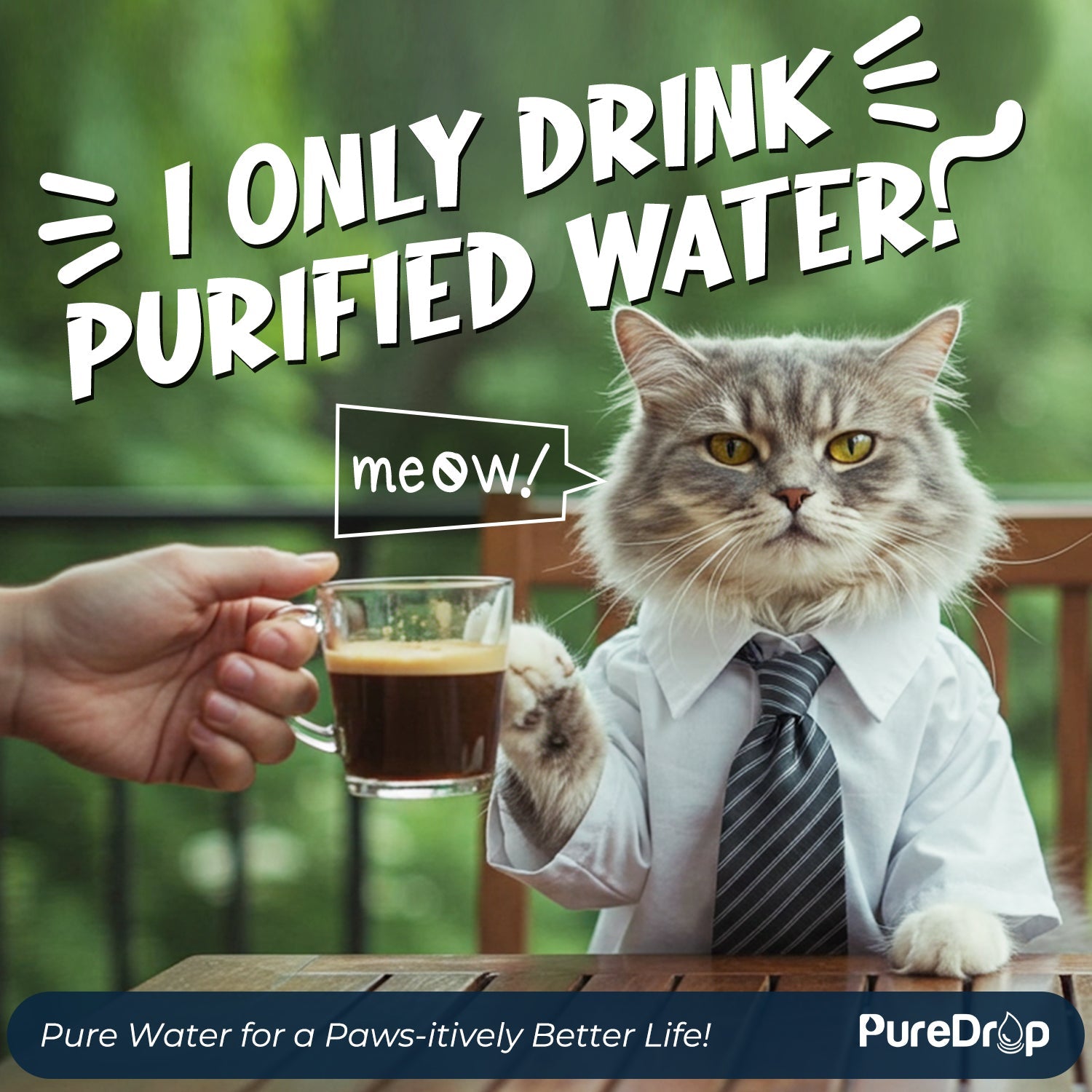
Is Tap Water Safe for Your Pets: Discover the Risks
As an increased awareness of contaminants in water sources has grown, many people have made the switch to in-home water filtration systems as a sustainable alternative to costly bottled water. However, what might not always be considered is the quality of water you are providing your beloved pets. Ensuring they also have clean,safe drinking water is equally as important for the health and well-being of your furry friends. Understanding which water sources are safe and how to encourage proper hydration can prevent potential health issues in your pets.
Understanding Tap Water for Pets
Tap water is a common and accessible choice for pet owners. However, it's crucial to be aware of potential contaminants that could affect your pet's health.
Common Contaminants include
Chlorine and Chloramine: Used in municipal water supplies, these disinfectants effectively kill harmful bacteria but can cause stomach upset in pets.
Lead: Old plumbing systems may leach lead into tap water, posing serious health risks to humans and animals alike. Symptoms of lead poisoning in pets include:
- Vomiting
- Diarrhea
- Lethargy
- Decreased appetite
- Neurological symptoms such as seizures and uncoordinated walking
Fluoride: High levels of fluoride can be toxic, potentially causing kidney damage and other health issues in pets.
Evaluating Alternative Water Sources
Considering the potential risks associated with tap water, pet owners might explore alternative water sources such as the below:
Bottled Water: Generally safe, especially spring water or bottled tap water. However, the environmental impact and higher cost make it a less sustainable option.
Filtered Water: Home filtration systems, like PureDrop's RTW5 Series and PureDrop Mini Ultra-Filtration System (PDR-3CUW), can effectively remove many impurities from tap water, providing a safer option for pet consumption. Investing in a reliable water filter ensures your pets have access to clean, fresh water every day.
Natural Water Sources: Avoid allowing pets to drink from ponds, rivers, or puddles due to potential exposure to parasites and pollutants.
Best Practices for Ensuring Safe Hydration
To promote safe hydration and encourage proper water intake in pets:
1. Change Your Pet's Water Daily: Regularly refresh your pet's water to prevent contaminant build-up and ensure it stays clean and safe.
2. Use Clean Bowls: Regularly wash water bowls to prevent bacterial growth.
3. Multiple Safe Water Stations: Place clean, fresh water bowls in various safe locations to encourage drinking and reduce the risk of contamination.
4. Incorporate Wet Food: Adding wet food to your pet's diet can increase their overall water intake.
Conclusion
Ensuring your pets have access to safe and clean drinking water is crucial for their health. By understanding the safety of various water sources and encouraging proper hydration habits, you can help maintain your pet's well-being. For the best solution, consider investing in a high-quality water filtration system to provide your pets with the cleanest water possible.

Leave a comment